The output of an OR-gate is HIGH, if just one if the inputs are HIGH. So the truth table is
$$\begin{smallmatrix}\begin{array}{rr|c}
I_1 & I_2 & O\\
\hline
0 & 0 & 0\\
0 & 1 & 1\\
1 & 0 & 1\\
1 & 1 & 1
\end{array}\end{smallmatrix}$$
In your diagram, you have shorted \$I_1\$ and \$I_2\$. This means that \$I_1\$ and \$I_2\$ will be at the same potential. But what if YOU force \$I_1\$ to be HIGH and \$I_2\$ to be LOW? You are forcing them to be at a different potential, but they have to be at the same potential... so we have a contradiction.
Even if we look past this, which input will dictate the output? If \$I_1\$ is HIGH and \$I_2\$ is LOW how can you possibly conclude what the output will be? You cannot combine multiple signals into a single node.
